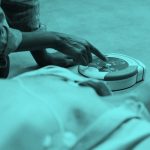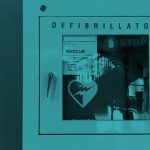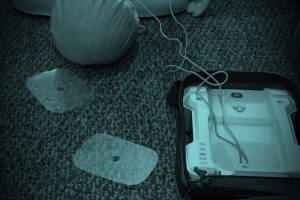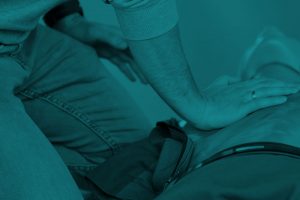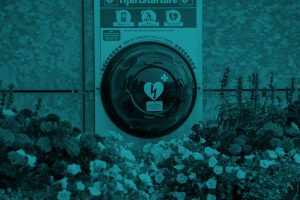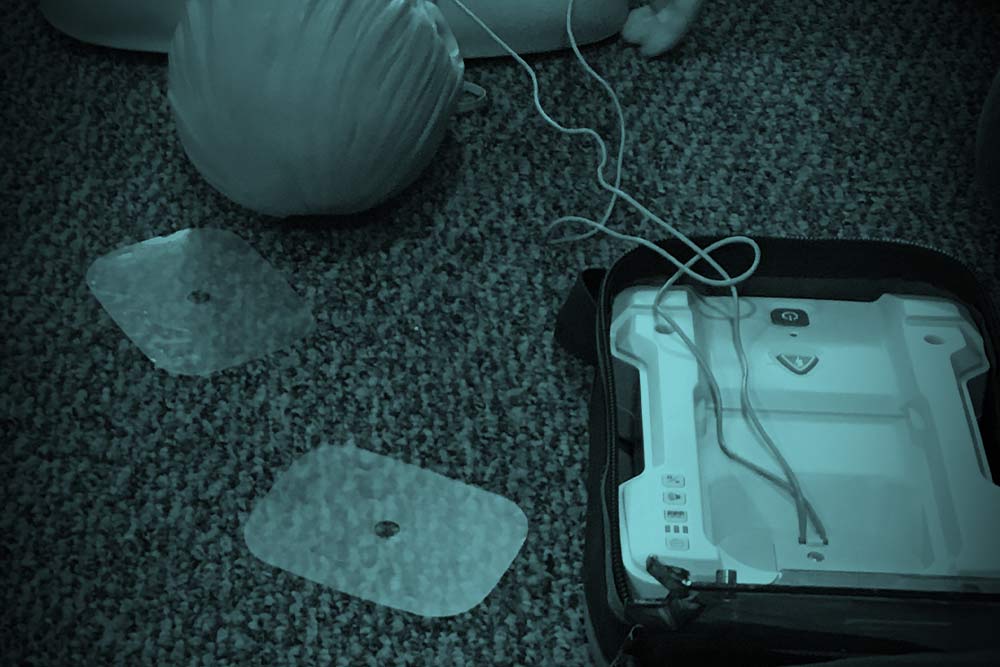
What Are Defibrillator Pads
Defibrillator pads are adhesive electrodes that are placed on a person’s chest to deliver an electrical shock to the heart when it is not beating effectively. Defibrillator pads are an essential part of an Automated External Defibrillator (AED) to treat a sudden cardiac arrest emergency. These adhesive pads are placed on the bare chest of a patient and are usually placed on the upper right and lower left sides of the chest, which allows for transmission of an electric current to the heart that can restore its normal rhythm. Defibrillator pads are designed to be easy to use, with clear instructions for placement and operation.
Once the defibrillator pads are placed at the specified location, an AED will monitor the heart rhythm of the patient and diagnose whether a defibrillator shock is required or not. Defibrillator pads are essential to create a connection between the Sudden Cardiac Arrest (SCA) patient’s body and the AED
It’s important to note that defibrillator pads are not the same as regular adhesive electrodes that are used for monitoring heart activity. Defibrillator pads are specifically designed to deliver a high-energy shock to the heart, while monitoring electrodes are used to track the heart’s activity and do not deliver a shock.
Why are AEDs used?
AEDs are used to treat the patient of SCA which is a leading cause of cardiac death throughout the world. SCA is the result of irregular heart rhythms (arrhythmias) that can cause the heart to suddenly stop beating. SCA is a serious health issue that can affect people of all ages and backgrounds. According to the World Health Organization (WHO), an estimated 17.9 million people die from cardiovascular diseases, including SCA, each year.
How Do Automated External Defibrillator Pads Work?
Defibrillator pads work by allowing the AED machine to detect abnormal heart rhythms and provide a pathway for electrical current to pass between the pads and the patient. In layman’s terms, AEDs are lifesavers. They work by sending an electric shock to re-align the heart rhythm to normal allowing it to pump blood efficiently again.
AEDs come with accessories that must be maintained and do expire over time. These are often referred to as the AED disposables and are made up of electrode pads and the AED battery. Just like other parts of an external defibrillator, AED pads also have great importance.
About Intelesens;
Intelesens is a leading design development & manufacturer of these AED pads, otherwise known as defibrillator disposable accessories. We manufacture the longest shelf life on the market, currently at 5.5 years. Manufactured to the highest quality standards, we are proud of our strong technical and production expertise built around our customer’s exacting needs and requirements. Based on our customer requirements, we can develop and manufacture a range of electrode types.
Resources;
Defibrillators (AEDs and PADs) – how and why to use them | British Heart Foundation – BHF

